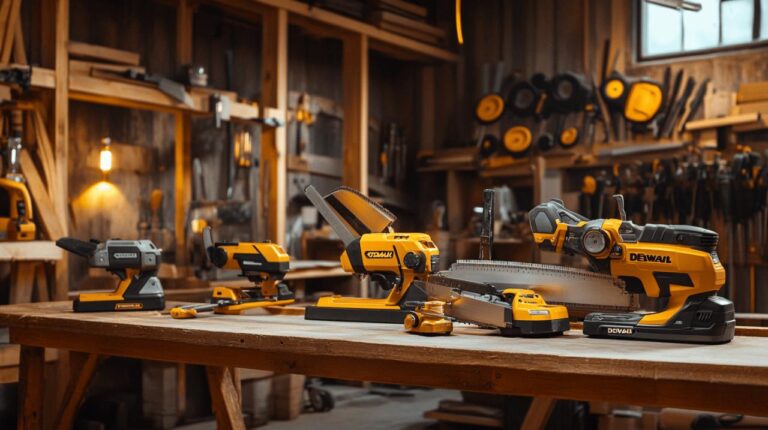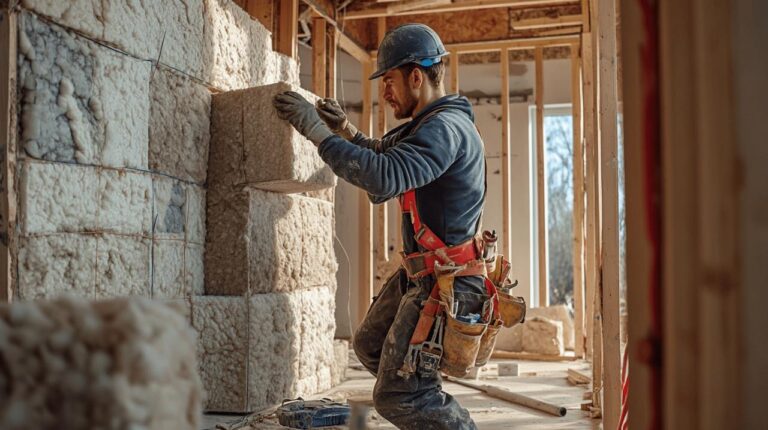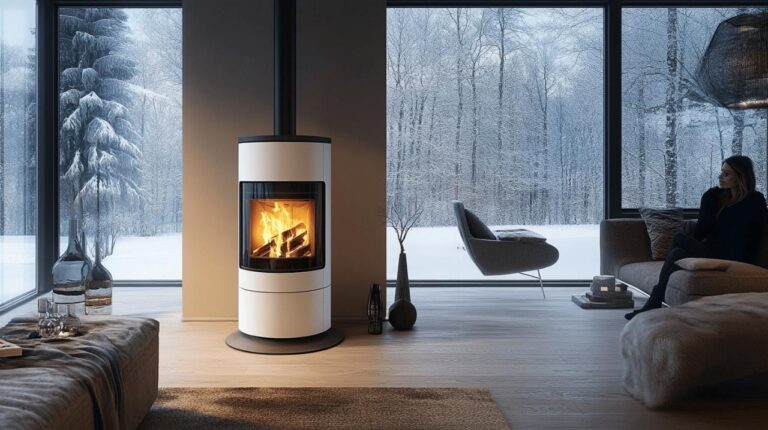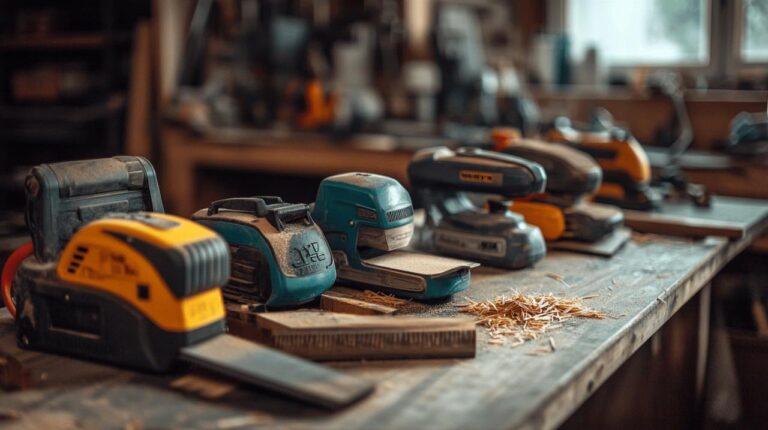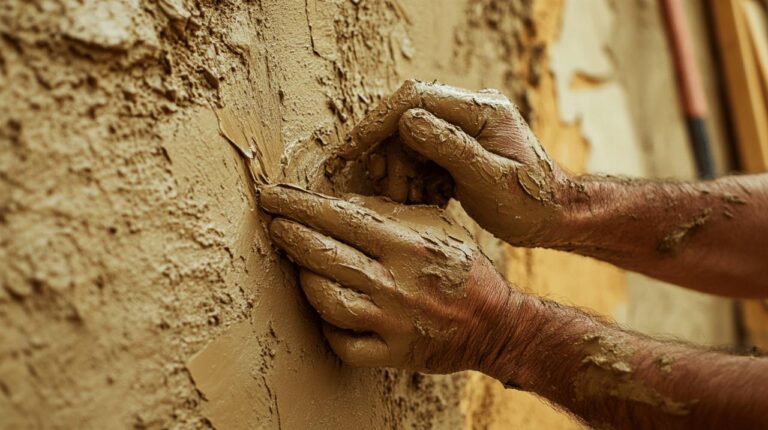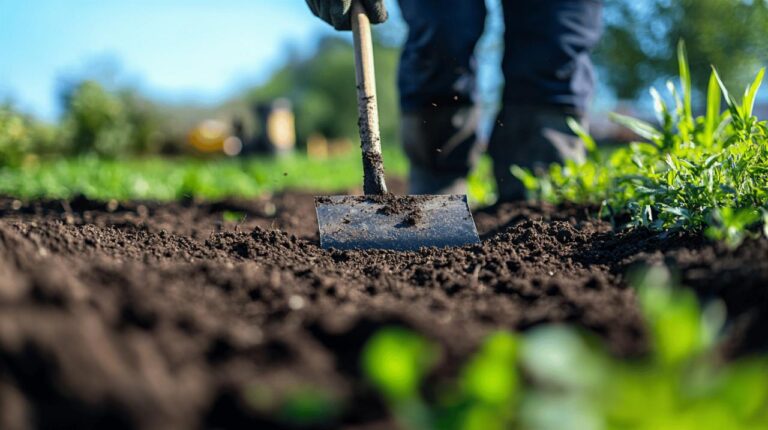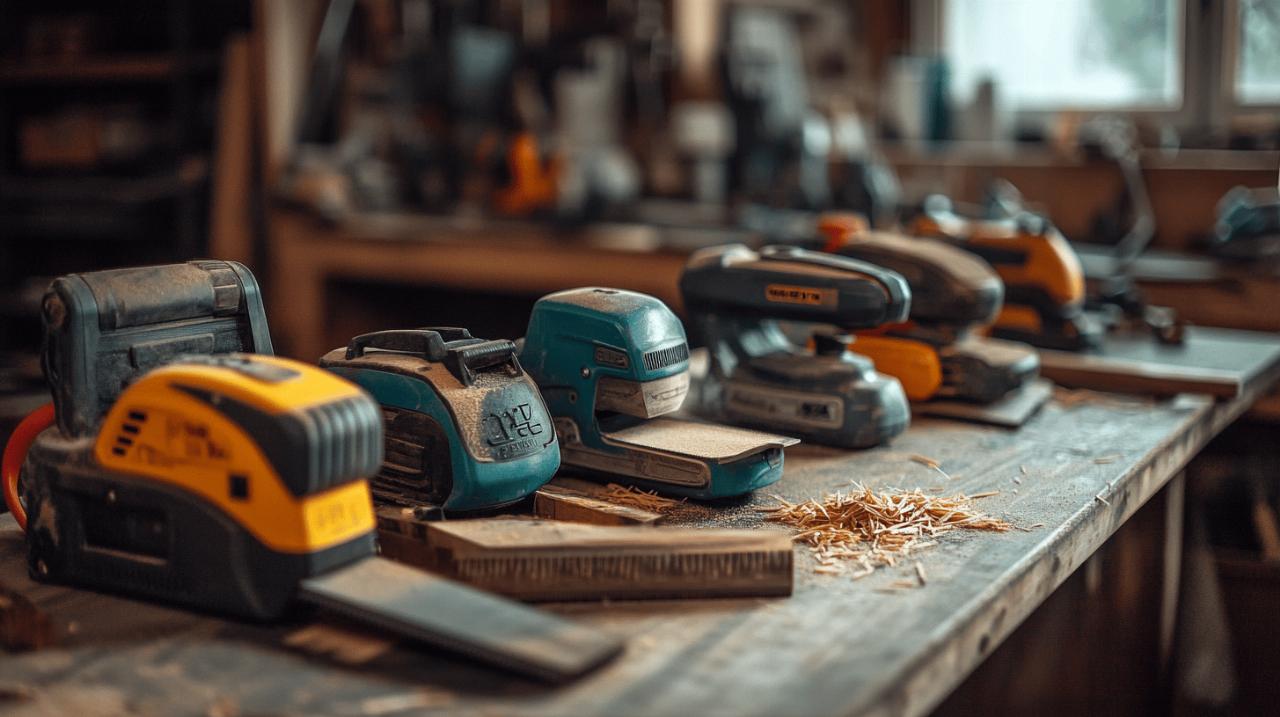
Restoring a classic motor to its former glory requires meticulous attention to detail, and selecting the proper sanding equipment stands as a fundamental decision that can make or break your entire project. In 2025, automotive enthusiasts and professional restorers alike face a bewildering array of power sanders, each promising exceptional results. The primary contenders for car body restoration remain random orbital sanders and belt sanders, both offering distinct advantages depending on the specific requirements of your bodywork project. Understanding which tool suits your particular restoration challenge will save you considerable time, effort, and ultimately deliver the professional finish that transforms a tired vehicle into a showpiece worthy of admiration.
Understanding random orbital sanders for automotive bodywork
Why random orbital sanders excel at car body preparation
Random orbital sanders have earned their reputation as the go-to choice for vehicle restoration projects, primarily because they deliver an exceptionally smooth surface finish whilst minimizing the risk of leaving swirl marks or scratches in the paintwork. These versatile tools combine two distinct motions simultaneously, with the sanding pad rotating whilst also moving in an elliptical pattern. This dual-action movement ensures that each abrasive grain follows a unique path across the metal surface, preventing the repetitive scratching that can plague less sophisticated sanding methods. The result is a beautifully prepared surface that accepts primer and paint applications with minimal additional preparation work required.
The control offered by random orbital sanders makes them particularly suitable for the curved and contoured surfaces commonly found on vehicle bodies. Whether you are working on bonnet panels, door skins, or the challenging compound curves around wheel arches, these sanders conform to the shape without the aggressive material removal that might compromise panel integrity. Furthermore, modern random orbital sanders feature variable speed settings that allow operators to adjust the orbits per minute to suit different materials and stages of restoration work. Lower speeds prove ideal when working with delicate surfaces or during final finishing stages, whilst higher speeds efficiently remove old paint layers or level body filler applications. This adaptability makes random orbital sanders indispensable for detailed work where precision matters as much as efficiency.
Top Random Orbital Sander Features for Vehicle Restoration in 2025
When selecting a random orbital sander for automotive restoration in 2025, several critical features distinguish professional-grade tools from basic models. The Bosch ROS20VSC Random Orbital Sander has garnered considerable praise as a best overall choice, offering a corded design with 2.5 amps of power and achieving twelve thousand orbits per minute whilst maintaining a manageable weight of 1.58 kilograms. This combination of power and manoeuvrability proves particularly valuable during extended restoration sessions where operator fatigue can compromise work quality. The corded configuration ensures consistent power delivery throughout lengthy projects, eliminating concerns about battery depletion at crucial moments.
Dust collection capabilities have evolved significantly, with contemporary sanders featuring sophisticated extraction systems that connect seamlessly to shop vacuums. This innovation addresses one of the most pressing concerns in automotive restoration, as metal dust and paint particles pose serious health hazards when allowed to accumulate in workshop environments. The Milwaukee 2648-20 M18 Random Orbit Sander exemplifies the cordless evolution, delivering three amps of power and twelve thousand orbits per minute whilst offering unmatched portability for those awkward angles and hard-to-reach areas around vehicle structures. Weighing 1.95 kilograms with a five-amp-hour battery installed, this cordless option demonstrates that portable sanders no longer require compromises in performance. For budget-conscious restorers, the Skil SR211601 Random Orbital Sander presents an attractive proposition at a more accessible price point, providing 2.8 amps and thirteen thousand orbits per minute whilst maintaining a lightweight profile of just 1.53 kilograms. Brushless motor technology has become increasingly prevalent in premium models, offering enhanced durability and consistent power delivery throughout the tool's operational lifespan.
Belt sanders: when aggressive material removal is required
Assessing belt sander applications for car body repairs
Belt sanders occupy a specialized niche within automotive restoration, excelling at tasks requiring rapid material removal from substantial surface areas. These powerful tools employ a continuous loop of abrasive material stretched between two rotating drums, creating an aggressive cutting action that strips paint and levels uneven surfaces with remarkable efficiency. When confronting a vehicle that has accumulated multiple layers of paint over decades or when attempting to remove heavy rust scale from solid panels, belt sanders remove material at rates that random orbital sanders simply cannot match. The Milwaukee M18 FBTS75-0 belt sander, for instance, operates at variable speeds ranging from 230 to 410 metres per second, providing the versatility to tackle everything from initial paint stripping through to more controlled surface preparation work.
Professional restorers frequently turn to belt sanders when preparing flat panels such as bonnet tops, boot lids, and roof sections where the generous surface area allows the tool to work efficiently without risk of catching edges or contours. The DeWalt DCW220NT-XJ offers an 18-volt brushless design with 75-millimetre belt width, achieving speeds of 320 metres per minute for sustained material removal. However, the aggressive nature of belt sanders demands respect and experience, as the substantial material removal rate can quickly compromise panel thickness if wielded carelessly. When working with older vehicles where metal thickness may already be compromised by rust damage or previous repair attempts, operators must exercise particular caution to avoid creating weak spots that could fail during subsequent metalwork stages.
Limitations and Safety Considerations When Using Belt Sanders on Vehicles
Despite their undeniable power and efficiency, belt sanders present several limitations that restrict their application in automotive bodywork. The most significant constraint involves their inherent lack of precision and the difficulty controlling these robust tools on anything other than flat surfaces. Vehicle bodies feature countless curves, contours, and compound shapes that resist the flat sanding surface of belt sanders, making these tools fundamentally unsuitable for working around door handles, wing mirrors, bumper mounts, and countless other features that demand careful preservation. The aggressive cutting action that makes belt sanders so effective on wide surfaces becomes a liability when working near edges or transition areas, where the tool can easily gouge material or create uneven surfaces requiring extensive remedial work.
The physical demands of operating belt sanders warrant serious consideration, particularly during restoration projects that may involve hours of continuous sanding work. These tools typically weigh considerably more than their orbital counterparts, and the vibration generated during operation transmits directly to the operator's hands and arms, potentially leading to fatigue and reduced control over extended periods. Furthermore, belt sanders generate prodigious quantities of dust at rates that can overwhelm basic extraction systems, necessitating investment in substantial dust collection equipment and rigorous use of personal protective equipment including high-quality dust masks. The ongoing maintenance requirements also exceed those of random orbital sanders, as belts require regular replacement and proper alignment adjustments to prevent uneven wear patterns that compromise sanding performance. These operational realities mean belt sanders function best as specialized tools deployed for specific heavy-duty tasks rather than as primary instruments for general automotive restoration work.
Comparing Performance: Random Orbital versus Belt Sanders for Automotive Use
Surface finish quality: which sander delivers professional results
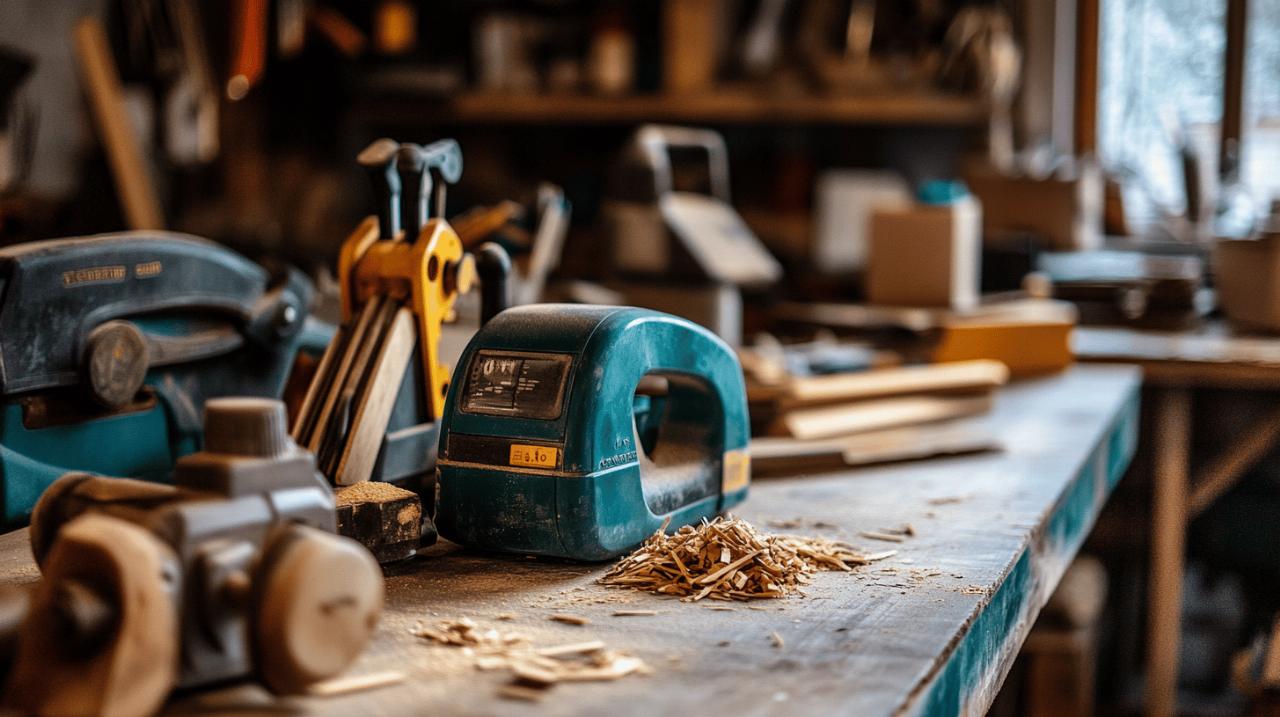 The surface finish achieved by different sander types fundamentally influences the quality of subsequent paint application and the ultimate appearance of the completed restoration. Random orbital sanders consistently deliver superior surface finishing characteristics, producing surfaces that accept primer coats with minimal additional preparation beyond careful cleaning. The dual-action motion characteristic of these tools ensures that sanding scratches remain fine and randomly distributed rather than forming the distinct linear patterns that telegraph through subsequent paint layers. This random scratch pattern provides an ideal profile for paint adhesion whilst minimizing the visibility of any minor imperfections that might remain after sanding operations conclude.
The surface finish achieved by different sander types fundamentally influences the quality of subsequent paint application and the ultimate appearance of the completed restoration. Random orbital sanders consistently deliver superior surface finishing characteristics, producing surfaces that accept primer coats with minimal additional preparation beyond careful cleaning. The dual-action motion characteristic of these tools ensures that sanding scratches remain fine and randomly distributed rather than forming the distinct linear patterns that telegraph through subsequent paint layers. This random scratch pattern provides an ideal profile for paint adhesion whilst minimizing the visibility of any minor imperfections that might remain after sanding operations conclude.
Belt sanders, conversely, create directional scratch patterns aligned with the belt's direction of travel, and these linear scratches require additional cross-sanding with progressively finer abrasives to achieve an acceptable finish for painting. Professional restorers working with belt sanders must typically follow up with random orbital sanders using finer grit grades to eliminate the telltale scratches left by belt sanding operations. This two-stage approach extends project timelines and increases material costs, though it remains justified when the initial material removal requirements exceed what random orbital sanders can reasonably accomplish. The lesson here is clear: whilst belt sanders remove material with impressive speed, they rarely deliver finish quality suitable for direct paint application, whereas random orbital sanders often produce surfaces requiring minimal additional refinement before priming commences.
Speed and Efficiency: Material Removal Rates for Car Body Restoration
Material removal efficiency represents a critical consideration when selecting sanding equipment for automotive restoration projects, as time invested in surface preparation directly impacts project economics whether you are restoring vehicles professionally or pursuing classic car restoration as an enthusiast. Belt sanders unquestionably dominate when pure material removal speed takes priority, with their aggressive cutting action stripping multiple paint layers or removing substantial amounts of body filler in fractions of the time required by orbital sanders. When confronting a vehicle requiring complete paint removal down to bare metal across large panel areas, belt sanders can reduce what might otherwise represent days of tedious work into manageable sessions lasting mere hours.
However, this raw speed advantage requires qualification based on the specific circumstances of automotive restoration work. Random orbital sanders operating at twelve thousand to fourteen thousand orbits per minute remove material at rates entirely adequate for most restoration tasks whilst simultaneously delivering finish quality that eliminates subsequent refinement stages. The cumulative time savings achieved by avoiding additional finishing work often counterbalances the faster initial material removal rates offered by belt sanders. Moreover, the superior control characteristics of random orbital sanders reduce the likelihood of mistakes requiring remedial work, a factor that becomes increasingly significant when working with irreplaceable vintage panels where errors could prove catastrophically expensive. For typical restoration projects involving standard paint removal, filler levelling, and surface preparation tasks, random orbital sanders strike an optimal balance between material removal efficiency and finish quality that belt sanders struggle to match despite their impressive raw power.
Selecting the Right Sander for Your Car Restoration Project in 2025
Matching sander type to specific automotive bodywork tasks
Successful automotive restoration demands matching tool selection to the specific challenges presented by each stage of the project. Random orbital sanders emerge as the versatile workhorse suitable for approximately eighty percent of typical restoration sanding tasks, from initial paint removal through final surface preparation immediately preceding primer application. These tools excel when working on bonnets, doors, wings, and other panels where surface finish quality matters as much as material removal efficiency. The ability to vary speeds between tasks makes random orbital sanders particularly valuable, with higher orbits per minute settings tackling paint stripping efficiently before switching to lower speeds for delicate finishing work around trim mounting points or body feature lines that require preservation.
Belt sanders find their niche in specific scenarios where their aggressive material removal characteristics outweigh their limitations. Large, flat roof panels on saloons or estate cars represent ideal candidates for belt sander application, particularly when removing multiple paint layers or levelling extensive body filler repairs across wide areas. However, even in these scenarios, best practice involves reserving belt sanders for initial heavy removal work before transitioning to random orbital sanders for subsequent refinement stages. For restoration projects involving predominantly curved panels, compound surfaces, or vehicles with extensive trim details and character lines that demand preservation, random orbital sanders should form the foundation of your sanding strategy with belt sanders relegated to occasional deployment for specific heavy-duty tasks. This approach maximizes efficiency whilst minimizing the risk of irreversible errors that could compromise valuable classic vehicle bodywork.
Investment considerations: budget-friendly versus professional-grade options
The financial investment required for quality sanding equipment spans a considerable range, from budget-friendly options suitable for occasional restoration projects through to professional-grade tools designed for daily workshop use. The Skil SR211601 Random Orbital Sander represents the budget end of the spectrum, offering respectable performance and features at an accessible price point that makes it attractive for enthusiasts tackling their first restoration project. This budget-conscious approach proves entirely reasonable for those exploring automotive restoration without commitment to ongoing projects, though purchasers should recognize that less expensive tools may sacrifice durability and refinement compared to premium alternatives.
Professional-grade options such as the Bosch ROS20VSC or DeWalt 20V Max cordless sanders command higher initial investment but deliver tangible benefits that justify their premium positioning. Superior build quality translates into extended operational lifespan even under demanding workshop conditions, whilst enhanced dust collection systems create healthier working environments and reduce cleanup time between projects. Brushless motors found in premium cordless models offer improved power efficiency and durability compared to brushed alternatives, ultimately reducing long-term ownership costs through decreased maintenance requirements and extended service intervals. For those pursuing automotive restoration as a serious hobby or professional endeavour, investing in quality random orbital sanders from established manufacturers represents sound financial planning that delivers returns through improved results, enhanced reliability, and greater operator comfort during extended restoration sessions. The decision between corded and cordless configurations hinges on individual workshop circumstances, with corded models offering unlimited runtime for major projects whilst cordless alternatives provide unmatched convenience when working around vehicle structures or in locations distant from mains power sources. Regardless of budget constraints, prioritizing random orbital sanders over belt sanders for automotive restoration work ensures maximum versatility and appropriate tooling for the diverse challenges presented by vehicle bodywork restoration projects.

